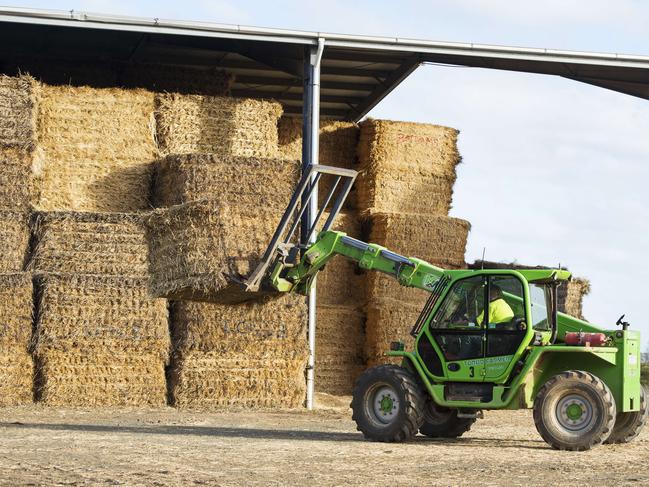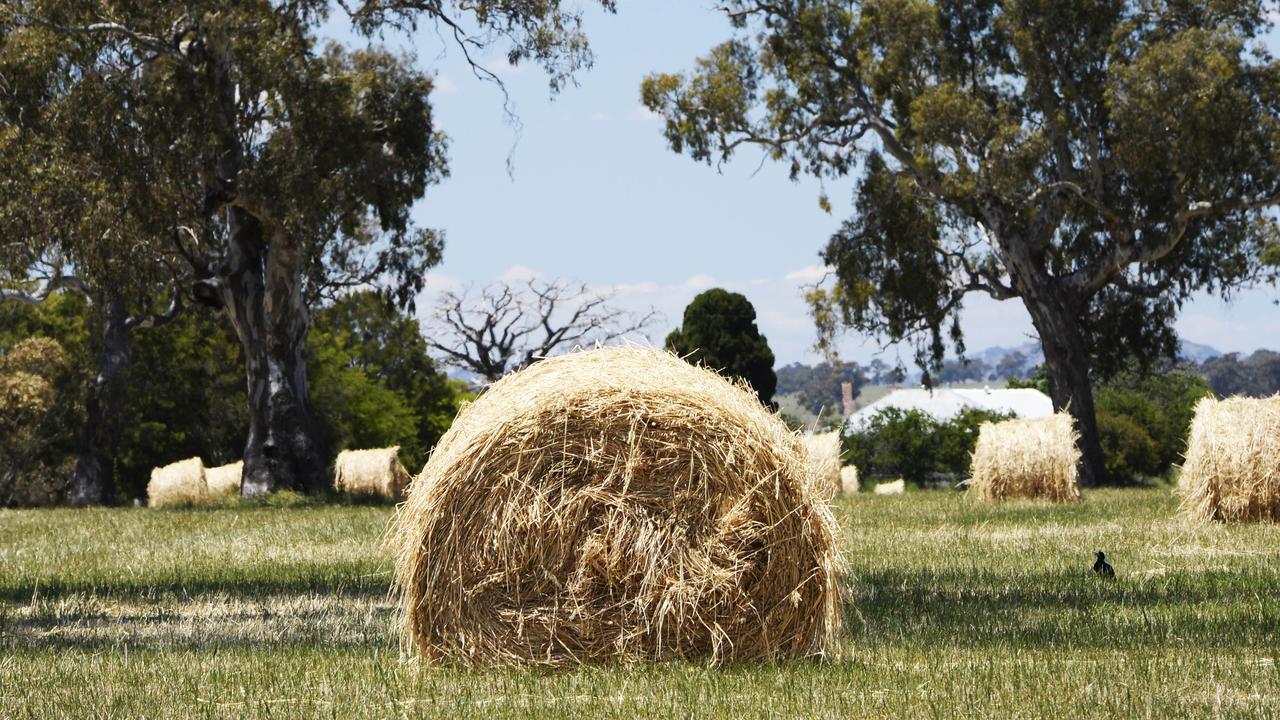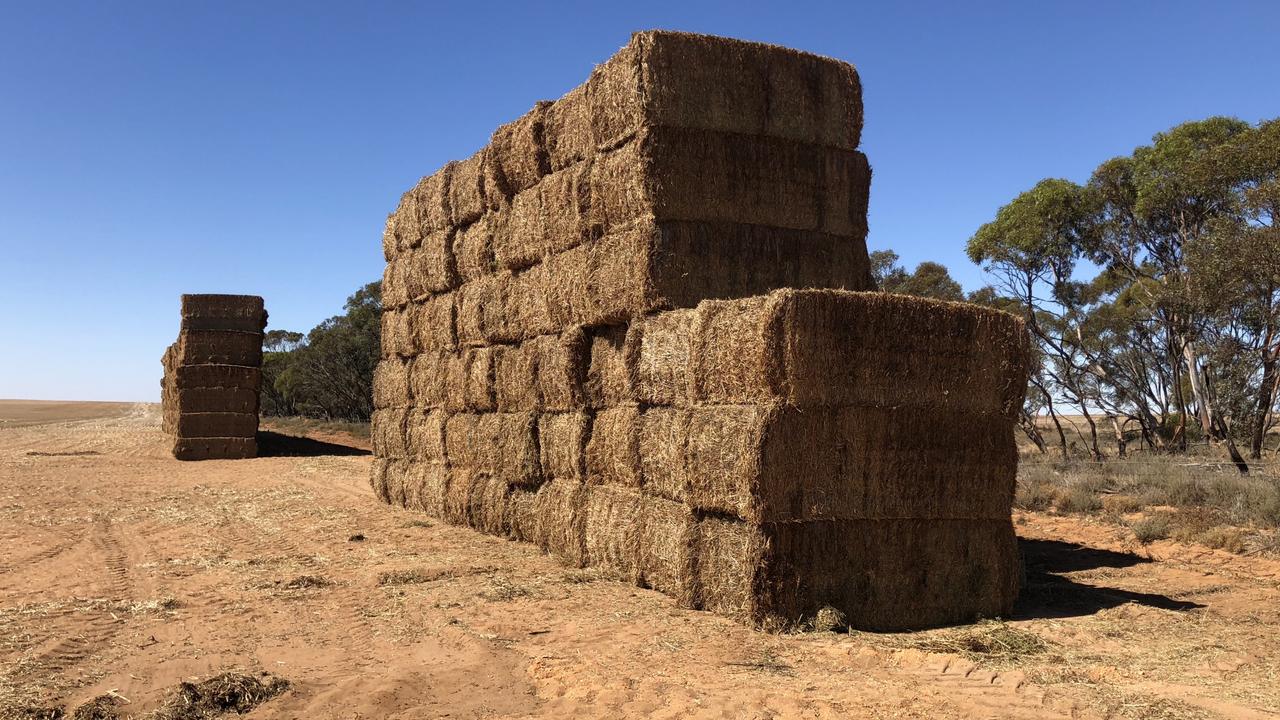Quality counts in a buyer’s market
Drought-recovering northern regions are still reliant on good cereal hay and straw, but mice are a new threat to paddock stacks.

AS WE approach mid-winter, hay quality is impacting hay movements and higher testing hay is selling.
Follow-up demand from graziers in western and northwestern NSW has surprised a few hay growers.
Although rain in this region during March and April was about 40mm to 50mm each month, the accumulated drought has left soil moisture levels less than 10 per cent.
Wilcannia has received 160mm so far this year.
Carriers report that 12 hay trucks a day, either drop deck semi-trailers or double road trains, are moving north from Hay, taking Victorian hay to northern buyers.
This is a far cry from the summer peak when an estimated 170 trucks a day were reported carrying hay to the drought-struck northern demand. A mix of donated and purchased hay and straw is being moved into regions such as Wilcannia, Cobar and Bourke and culling of cattle is still taking place.
Hay demand is also appearing further north from graziers near Longreach in Queensland. Although there is cheaper summer crop hay available in Queensland these buyers are searching for the quality of hay that they had been buying since the drought began to bite in 2018.
Southern cereal hay is being bought in preference to local sorghum hay.
Shedded wheaten hay from properties north of Rochester, testing at 9.7 ME units of energy, 6.5 per cent protein and 25 per cent Water Soluble Carbohydrates has been selling for $250 a tonne ex-farm plus GST. As 67 per cent of shires in southern Queensland remain fully drought declared, these hay movements would still qualify for freight subsidies from the Queensland Government.
Winter demand for hay and straw from dairy farmers is also trickling along with loads moving from northern Victoria to Gippsland and the Murray Valley. Gippsland buyers who normally buy vetch hay are now picking up loads of wheaten hay testing 10 ME and 11.5 per cent protein for $275 a tonne from north central Victoria.
Hay growers further west and south are struggling to achieve these prices as they suffer a $20 to $50 a tonne freight disadvantage to the key markets further east and north.
Mice are becoming a big issue for hay quality and may create havoc for sellers looking to ensure they have palatable hay for sale.
Hay and straw stacks are providing an ideal haven for mice during winter. These stacks provide both warmth and a feed source and numbers are building on farms between Culgoa and Elmore.
Some paddock stacks of hay in this area are showing signs of mice infestation with chaff building up on the ground adjacent to the bales and some stacks have developed a distinctive lean. Growers are implementing baiting programs to minimise the impact of mice on the quality of their hay.
Although it remains a buyer’s market, the right quality and contacts are proving effective tools for hay sellers this winter.
MORE


